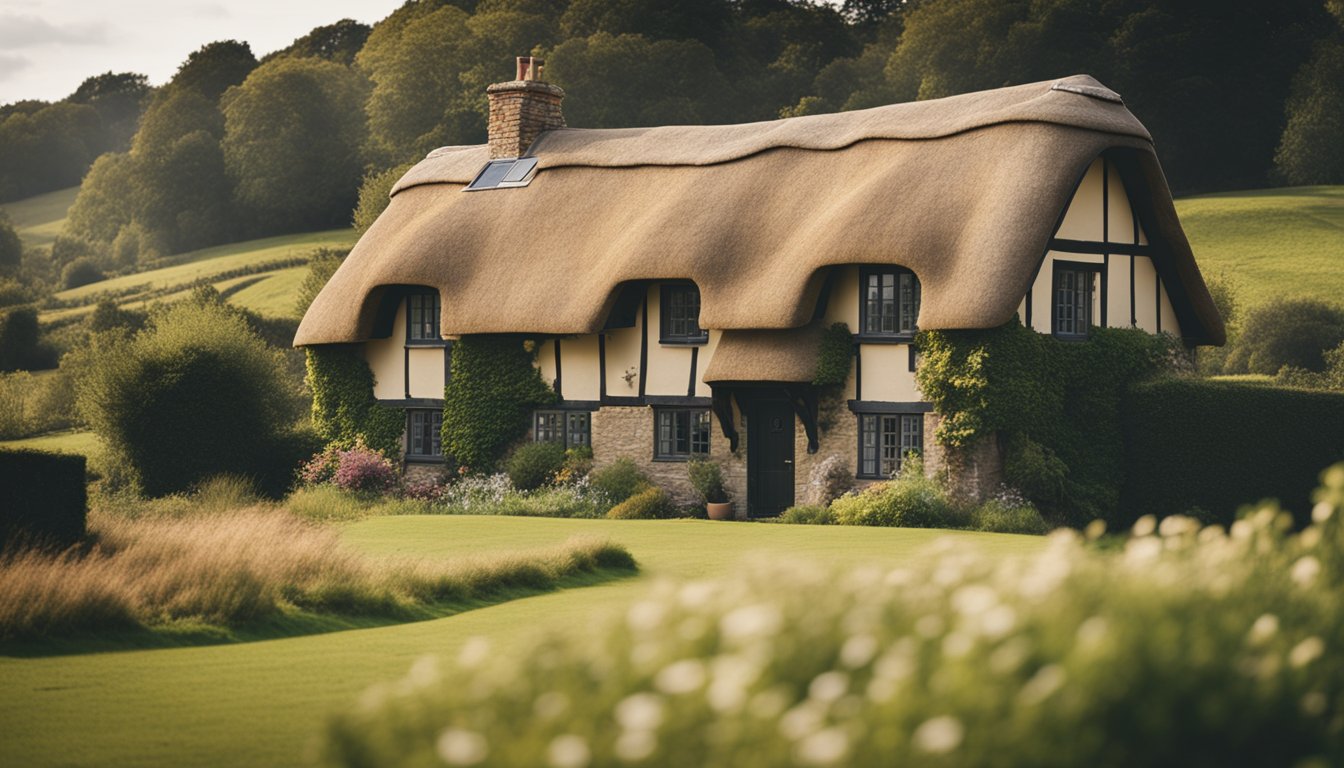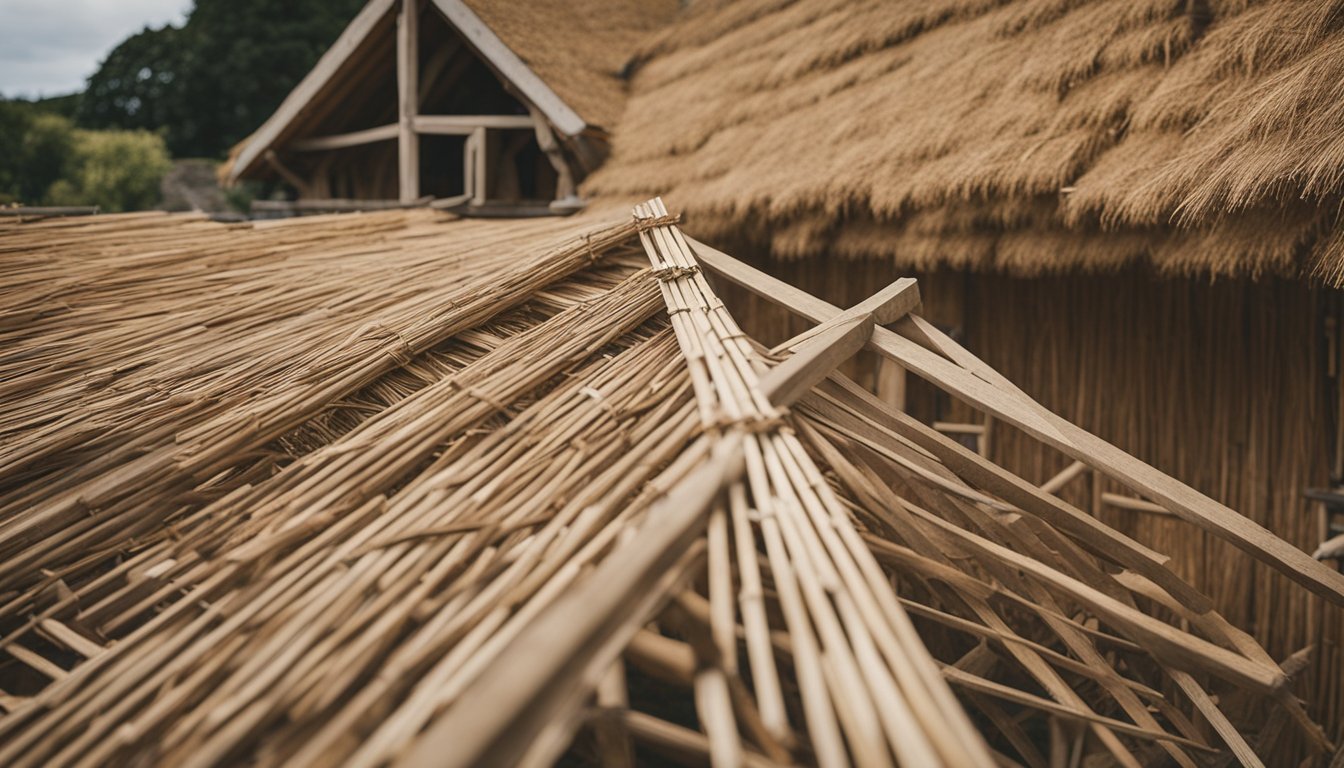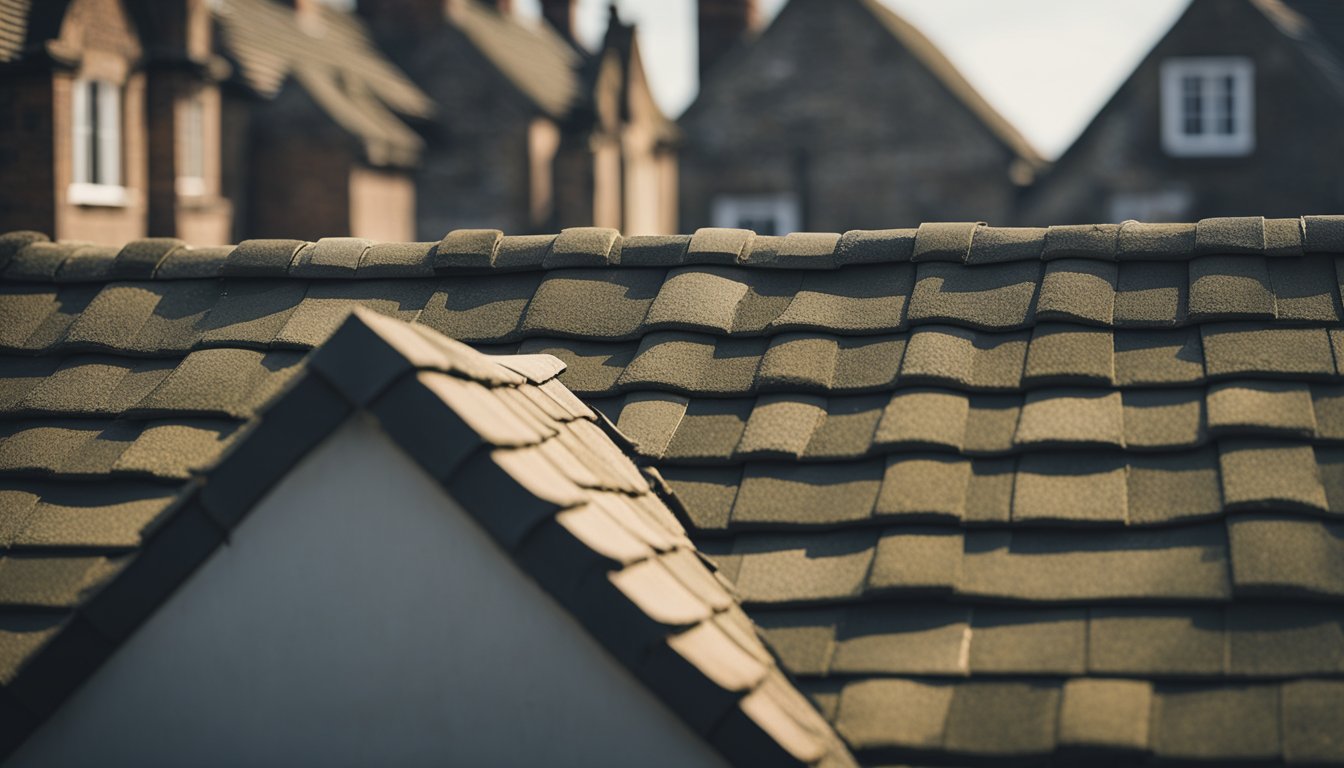Late updated: 04 Apr 2025 12:04
Written by: Oliver Bennett
Exploring Traditional UK Roofing Techniques: A Comprehensive Guide
The allure of traditional UK roofing techniques lies in their blend of historical significance and enduring practicality. As we explore these age-old methods, we uncover the intricacies behind their craftsmanship and the materials that have been valued for centuries. From the iconic pitched roofs found across the country to the distinctive tiles and slates employed, these techniques exemplify a rich architectural heritage.

Our examination delves into the various methods that have stood the test of time, providing not only a roof over one's head but also showcasing the artistry and skill involved in traditional construction. The use of materials such as clay tiles and natural slates not only adds aesthetic appeal but also offers durability and strength against the elements.
These practices continue to be relevant today, capturing the interest of those who appreciate the fusion of tradition and function. As we immerse ourselves in the world of UK roofing, let us appreciate both the historical context and the technical details that make these methods timeless.
Key Takeaways
- Traditional UK roofing combines artistry with durability.
- These techniques employ enduring materials like clay and slate.
- Modern interest in these methods persists due to their heritage and functionality.
Historical Development of UK Roofing Techniques
Throughout history, roofing in the UK has transformed dramatically. Various materials and techniques have evolved, reflecting advancements in construction and the adaptation to different climates and regional availability of resources.
Evolution of Roof Structures
In the early days, roof structures were basic, relying primarily on rudimentary frameworks. Rafters, beams, and trusses formed the backbone, supporting thatch roofs commonly seen in Neolithic times. As construction knowledge broadened, these elements became more intricate, allowing for greater stability and durability.
Timber-framed structures became prominent during the medieval period, with more complex designs emerging. Arch-braced trusses were introduced, allowing roofs to span greater distances without compromising stability, which was crucial for the construction of larger buildings, such as cathedrals and manor houses.
Traditional Roofing Materials and Their Uses
Roofing materials in the UK have traditionally been tied to local availability. Thatch, made from straw or reeds, was prevalent due to its accessibility and good insulating properties. Its use, though, declined with the introduction of more durable alternatives. Clay tiles, another staple, provided better fire resistance and were widely adopted in areas where clay was abundant.
In regions with plentiful supply, stone slabs were used. Their weight required robust supporting structures but offered unmatched longevity and durability. Timber shingling was also common in woodland areas, valued for its lightweight nature and ease of replacement.
Significance of Slate in UK Roofing
Slate has played a crucial role in the development of roofing techniques across the UK. Its durability and natural beauty made it a preferred material especially in areas with local slate deposits, like Wales and Cornwall.
Slate boasted excellent weather resistance, making it ideal for the UK’s often harsh climates. Its lightweight nature reduced the need for overly complex support structures while providing a sleek, waterproof finish. Over time, different sizes and thicknesses of slate tiles were adapted to suit varying architectural styles, further cementing their place in roofing history.
Technical Aspects of Traditional UK Roofing

In traditional UK roofing, the technical aspects revolve around careful installation, effective maintenance, and balancing cost with durability. Each element, from underlayment to flashing, ensures a durable structure that can withstand the UK's varied climate.
Installing and Maintaining a Roof
Installation requires precision, particularly when we work with traditional materials like slate or thatch. Skilled roofing contractors ensure materials are correctly layered. Proper underlayment is critical—to prevent water infiltration, we often use materials like felt or modern synthetic options. Flashing around chimneys and joints must be fitted seamlessly to avoid leaks. Regular maintenance is equally vital. Roof upkeep, such as checking for loose slates or degraded mortar, helps preserve the roof's integrity and extends its lifespan.
Insulation and Ventilation Solutions
Insulation and ventilation play a crucial role in a roof’s energy efficiency. Traditional methods might include sheep’s wool or straw, which offer natural insulation properties. Proper ventilation is crucial too. Without it, moisture can build up, leading to deterioration and reduced energy efficiency. Modern solutions, which we can integrate into traditional roofs, often include vents that blend with the aesthetic. These innovations ensure air circulation without compromising the roof's historic charm.
Cost and Longevity of Roofing Options
Costs can vary, from the high-end slate to the more economical thatch. Each option offers distinct benefits: slate's durability versus the eco-friendliness of thatch. Investing initially in high-quality materials often saves more in long-term maintenance and repair costs. Thatch needs more frequent replacements due to wear but provides excellent insulation and fire resistance if properly treated. Understanding these factors helps us decide on a solution that balances our budget with longevity and aesthetic preferences.
These technical aspects highlight the complexity and beauty inherent in traditional UK roofing. By focusing on the correct installation and maintenance practices, effective insulation and ventilation, and a clear understanding of costs and longevity, we ensure that these roofs not only endure but excel.
Frequently Asked Questions

We explore the diverse materials and methods used in traditional UK roofing. This includes insights into historical influences on modern practices and techniques unique to the British climate.
What materials are commonly used in traditional British roofing?
Traditional British roofing often includes slate and thatch, known for their durability and aesthetic appeal. Clay tiles are also prevalent, offering a classic look that's both functional and attractive. Each material reflects a commitment to craftsmanship and regional heritage.
How are clay tiles installed on classic UK roofs?
Clay tiles are typically installed by securing them to wooden battens fixed on the roof structure. This ensures the tiles are aligned correctly and securely fastened, capable of withstanding the UK's varying weather conditions.
In what ways have old British roofing methods influenced contemporary building practices?
Traditional techniques emphasise sustainability and local materials, influencing modern architectural designs to incorporate environmentally-friendly practices. The focus on thermal efficiency and durability remains prominent in new constructions.
What is the history of thatched roofing in the United Kingdom?
Thatched roofs date back centuries, often seen in rural cottages and historic buildings. This method uses straw or reeds, providing excellent insulation and a unique charm. Its historical significance continues to highlight the craftsmanship of past communities.
How does the UK climate affect the choice of roofing techniques?
The UK's climate, characterised by rain and wind, influences roofing choices that prioritise water resistance and durability. Materials like slate and clay tiles are favoured for their ability to withstand wet weather, ensuring long-term structural integrity.
What are the most significant aspects of conservation when restoring historic UK roofs?
When restoring historic roofs, maintaining original materials and methods is crucial. This involves using traditional crafts to repair or replace elements authentically while ensuring the structure meets modern safety and efficiency standards. Conservation focuses on preserving the historical integrity of iconic British architecture.
